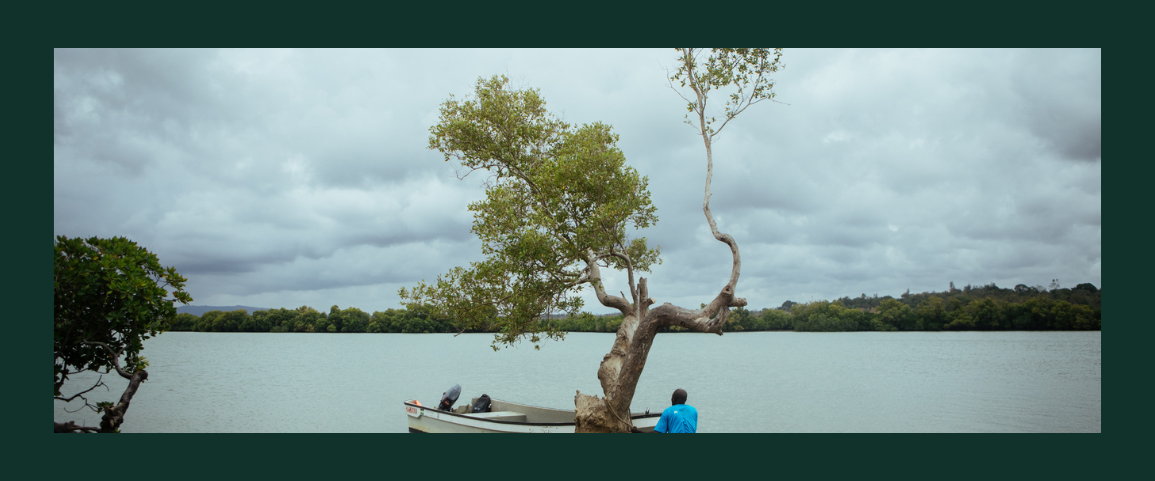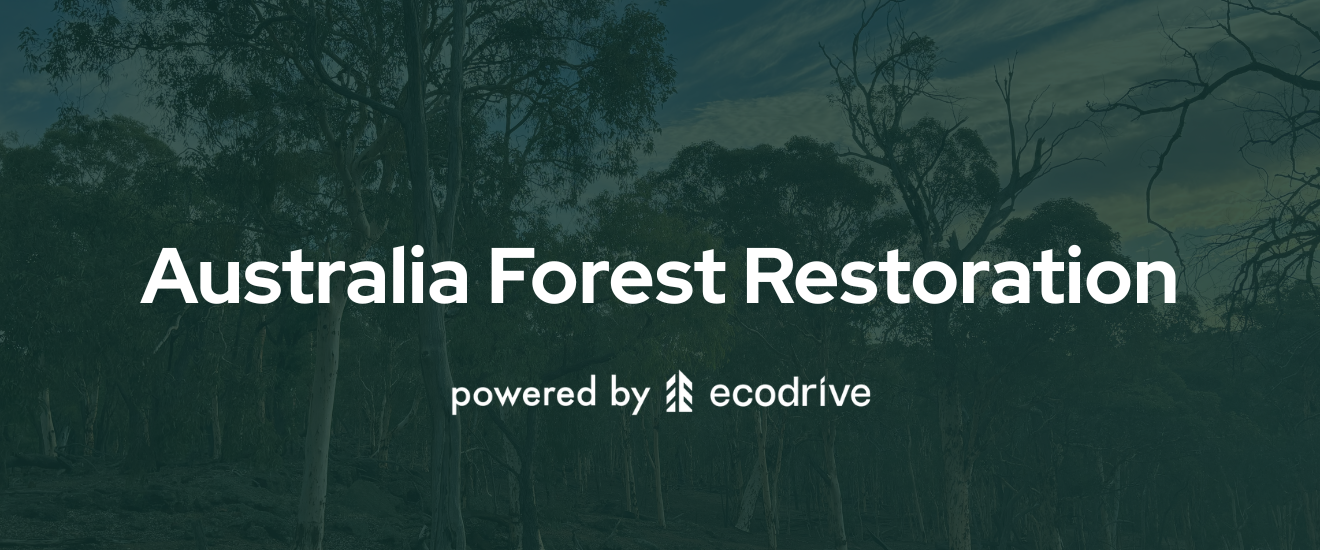What’s Driving Deforestation in Kenya — and Can Tree Planting Fix It?
Environmental change is complex. We break down the current situation in Kenya
Kenya is one of Africa’s most ecologically diverse countries, home to montane forests, dryland savannas, and coastal mangroves. But this biodiversity is under serious threat. The country has been losing forest cover at an alarming rate, leading to reduced rainfall, soil erosion, water insecurity, and a spike in climate vulnerability for millions.
Tree planting is often seen as the solution — and while it plays an important role, reforestation must be part of a broader strategy that addresses the deeper causes of forest loss.
This post explores what’s driving deforestation in Kenya, what kinds of reforestation efforts are actually working, and how verified tree planting fits into long-term environmental and social recovery.
A Snapshot of Deforestation in Kenya
Kenya has lost significant forest cover over the past 60 years. According to Global Forest Watch, the country lost approximately 11% of its tree cover between 2001 and 2021, much of it in highland areas like the Mau Forest Complex, Mt. Kenya, and Aberdare Range — all of which are critical water towers for the region.
In a country where nearly 80% of land is arid or semi-arid, forests play a critical role in regulating rainfall, storing groundwater, and preventing desertification. As forests disappear, so does Kenya’s ability to manage its water supply — particularly in rural areas that rely on rivers and springs for agriculture.
The Main Drivers of Forest Loss
While illegal logging and land clearance are the most visible causes, deforestation in Kenya is driven by a complex mix of environmental, economic, and social pressures:
a. Agricultural Expansion
Kenya’s rapidly growing population — expected to reach 90 million by 2050 — has increased demand for farmland. Forests are often cleared for subsistence farming or commercial crops like maize, tea, and coffee. In areas like the Mau Forest, this has led to widespread land fragmentation and ecological degradation.
b. Charcoal and Firewood Use
Roughly 70% of Kenyan households rely on wood fuel for cooking and heating. Despite government efforts to regulate charcoal production, demand remains high, especially in urban areas like Nairobi and Kisumu. This has led to unregulated tree felling, particularly in dryland forests.
c. Infrastructure and Urbanization
Large infrastructure projects — including roads, railways, and housing developments — often result in forest clearing. Without proper environmental planning, these developments fragment habitats and permanently remove tree cover.
d. Climate Change
Warming temperatures and irregular rainfall patterns make forests more vulnerable to pests, disease, and fire. In recent years, prolonged droughts have also led to tree die-offs, particularly in dryland areas like Turkana and Samburu.
Can Tree Planting Help?
Tree planting is part of the solution — but it depends on what is planted, where, how, and by whom.
The Kenyan government launched the 10% Tree Cover Strategy, aiming to restore more than 5 million hectares of degraded land by 2030. In 2023, a national campaign planted over 100 million trees in a single day, signaling strong political will.
But critics point out that many tree planting programs lack follow-through. Saplings often die due to poor maintenance, non-native species can harm local ecosystems, and projects that ignore local communities fail to create lasting change.
To make a real impact, reforestation must be:
- Community-led: Involving local residents in planting and maintenance ensures ownership and longevity.
- Ecologically informed: Using native or climate-resilient species supports biodiversity and improves survival rates.
- Verified and monitored: Platforms like Ecodrive and Veritree offer third-party validation of tree planting efforts, providing transparency on where trees are planted, who is planting them, and how many survive.
The Role of Agroforestry and Indigenous Knowledge
One of the most promising approaches in Kenya is agroforestry — the integration of trees into agricultural systems. Farmers who plant indigenous trees alongside crops see benefits like improved soil fertility, shade, windbreaks, and fuelwood supply without depleting forests.
Organizations like Green Belt Movement, founded by Nobel Laureate Wangari Maathai, have long championed this model. They’ve shown that women-led, community-driven reforestation programs can both empower rural populations and restore degraded landscapes.
Additionally, indigenous knowledge systems — particularly those of pastoralist and forest-dwelling communities — offer valuable insights into land stewardship, rainfall patterns, and native species management. These voices must be part of any successful reforestation effort.
Verified Tree Planting and Corporate Partnerships
Businesses looking to support reforestation in Kenya have a unique opportunity to drive change — if they work with trusted partners. Verified planting projects offer:
- GPS-tracked trees and survival audits
- Community partnership data
- Carbon sequestration metrics
- Media and storytelling assets for transparency
By working with organizations like Ecodrive, brands can connect purchases to specific, traceable reforestation projects in Kenya — showing customers that their impact is real and accountable.
This model has the added benefit of avoiding greenwashing, which remains a concern in many large-scale offset programs.
Final Thoughts
Kenya’s deforestation crisis is urgent — but not irreversible. Restoring forests here is about more than planting trees. It’s about addressing energy poverty, supporting regenerative agriculture, and empowering the communities most affected by climate change.
Tree planting, when done responsibly, is one of the most powerful tools we have to rebuild ecosystems, protect watersheds, and restore climate balance. It’s also a tangible way for businesses to play a meaningful role in a long-term solution.












